JT Turner
Deep Belief Networks used on High Resolution Multichannel Electroencephalography Data for Seizure Detection
Aug 28, 2017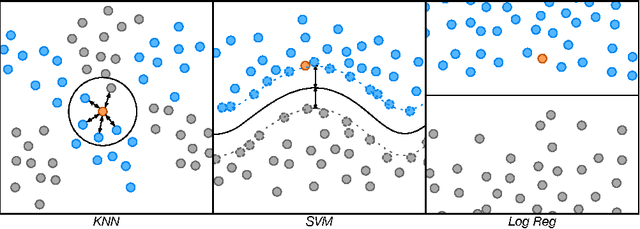

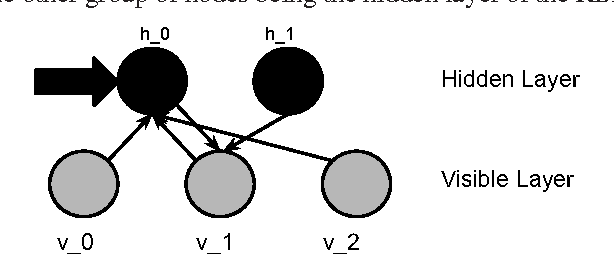
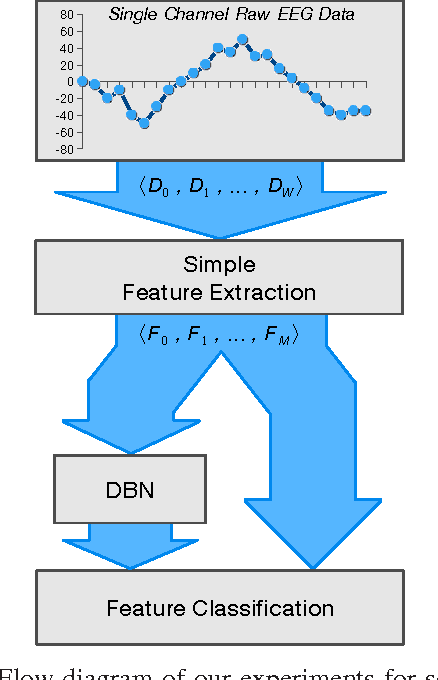
Abstract:Ubiquitous bio-sensing for personalized health monitoring is slowly becoming a reality with the increasing availability of small, diverse, robust, high fidelity sensors. This oncoming flood of data begs the question of how we will extract useful information from it. In this paper we explore the use of a variety of representations and machine learning algorithms applied to the task of seizure detection in high resolution, multichannel EEG data. We explore classification accuracy, computational complexity and memory requirements with a view toward understanding which approaches are most suitable for such tasks as the number of people involved and the amount of data they produce grows to be quite large. In particular, we show that layered learning approaches such as Deep Belief Networks excel along these dimensions.
SPARCNN: SPAtially Related Convolutional Neural Networks
Aug 24, 2017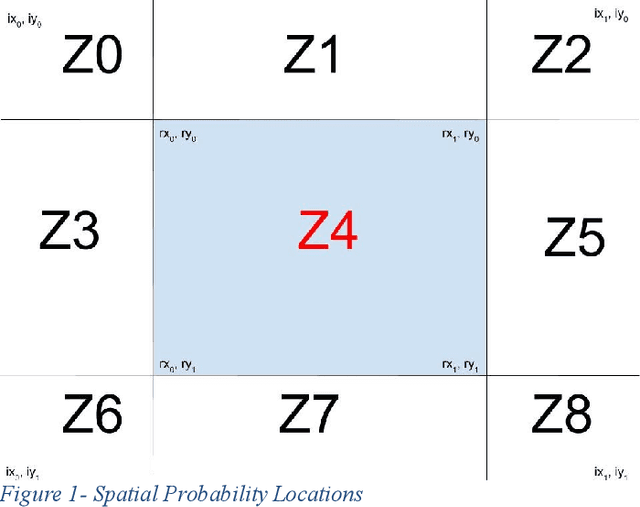
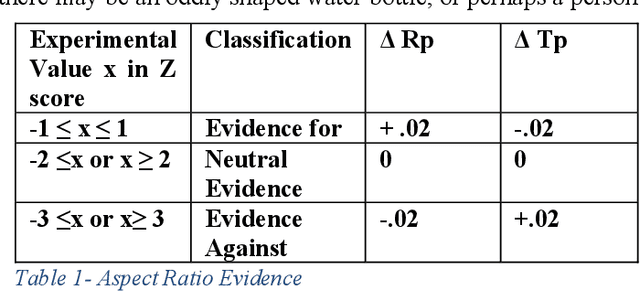
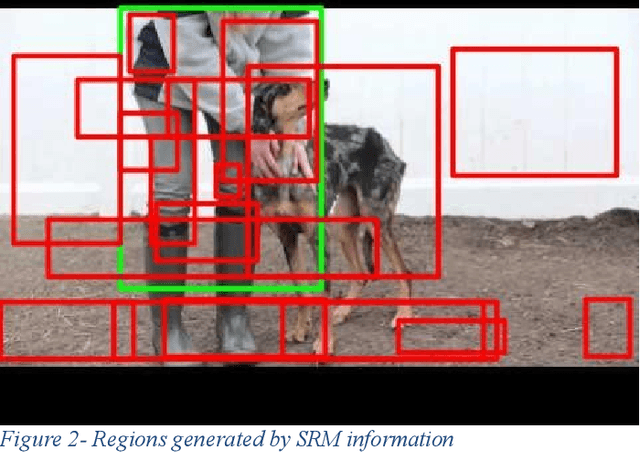
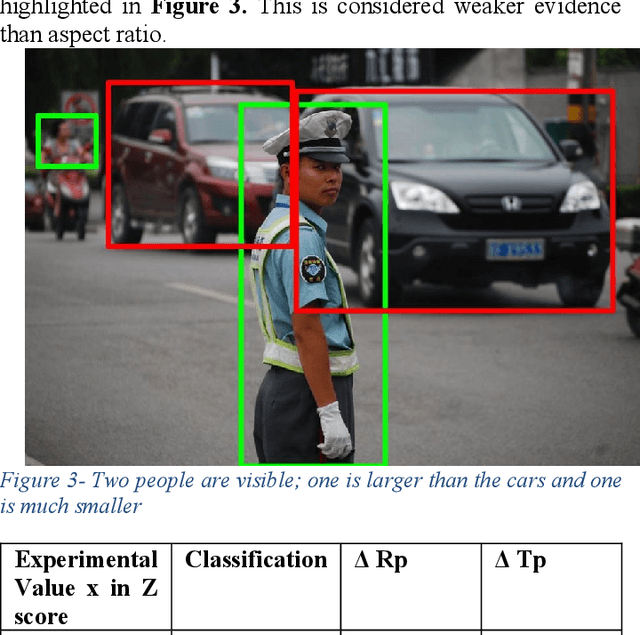
Abstract:The ability to accurately detect and classify objects at varying pixel sizes in cluttered scenes is crucial to many Navy applications. However, detection performance of existing state-of the-art approaches such as convolutional neural networks (CNNs) degrade and suffer when applied to such cluttered and multi-object detection tasks. We conjecture that spatial relationships between objects in an image could be exploited to significantly improve detection accuracy, an approach that had not yet been considered by any existing techniques (to the best of our knowledge) at the time the research was conducted. We introduce a detection and classification technique called Spatially Related Detection with Convolutional Neural Networks (SPARCNN) that learns and exploits a probabilistic representation of inter-object spatial configurations within images from training sets for more effective region proposals to use with state-of-the-art CNNs. Our empirical evaluation of SPARCNN on the VOC 2007 dataset shows that it increases classification accuracy by 8% when compared to a region proposal technique that does not exploit spatial relations. More importantly, we obtained a higher performance boost of 18.8% when task difficulty in the test set is increased by including highly obscured objects and increased image clutter.
Keypoint Density-based Region Proposal for Fine-Grained Object Detection and Classification using Regions with Convolutional Neural Network Features
Mar 01, 2016



Abstract:Although recent advances in regional Convolutional Neural Networks (CNNs) enable them to outperform conventional techniques on standard object detection and classification tasks, their response time is still slow for real-time performance. To address this issue, we propose a method for region proposal as an alternative to selective search, which is used in current state-of-the art object detection algorithms. We evaluate our Keypoint Density-based Region Proposal (KDRP) approach and show that it speeds up detection and classification on fine-grained tasks by 100% versus the existing selective search region proposal technique without compromising classification accuracy. KDRP makes the application of CNNs to real-time detection and classification feasible.
 Add to Chrome
Add to Chrome Add to Firefox
Add to Firefox Add to Edge
Add to Edge